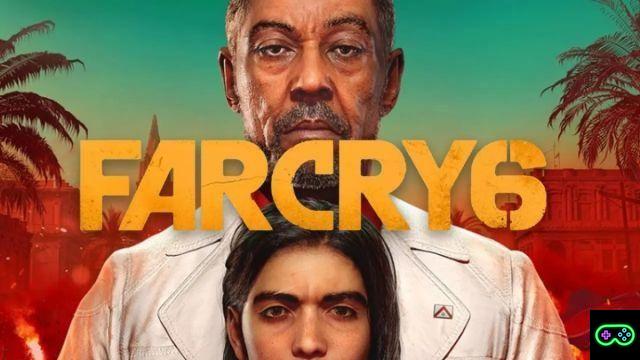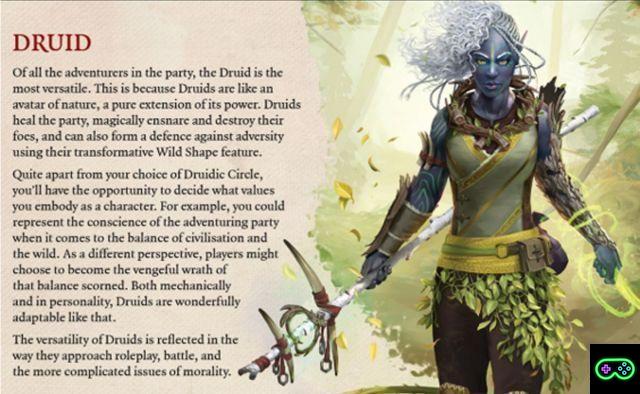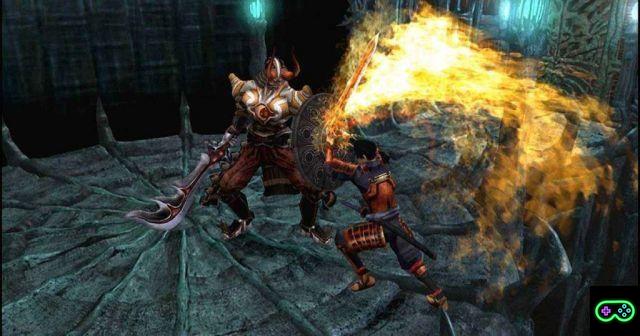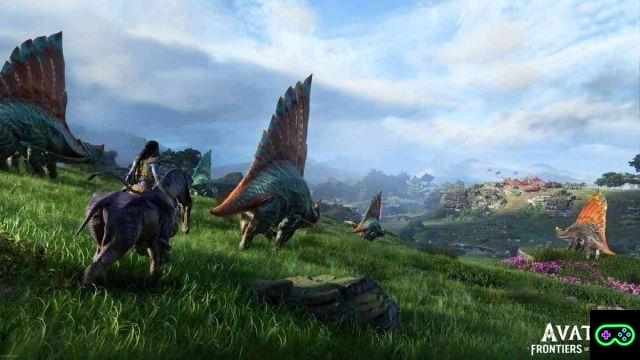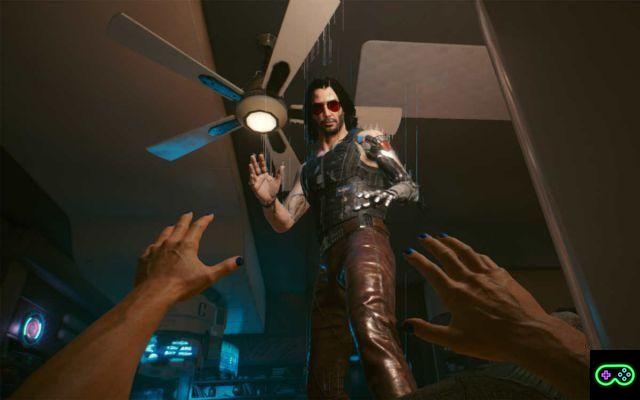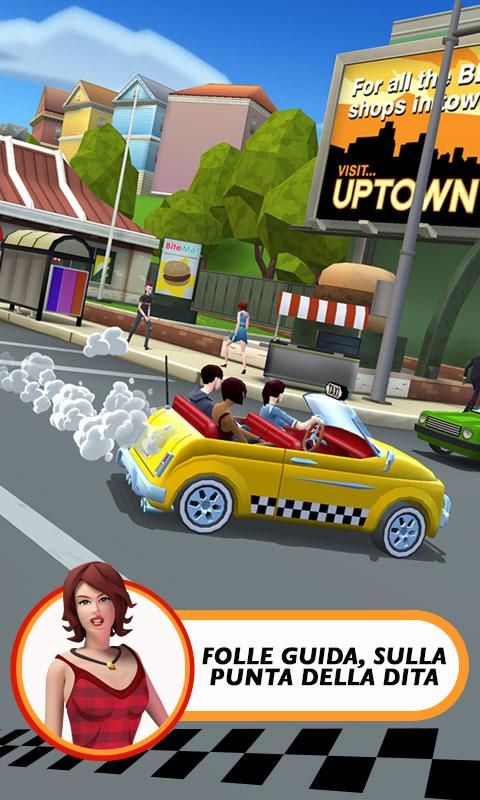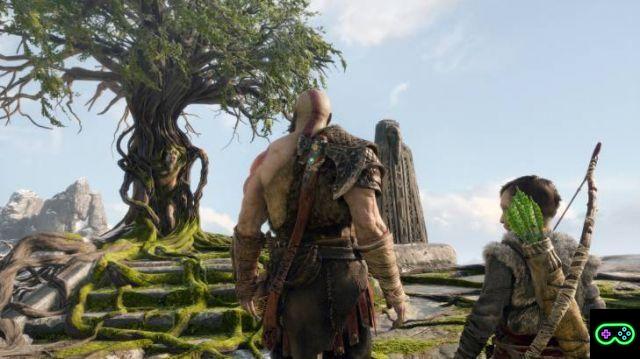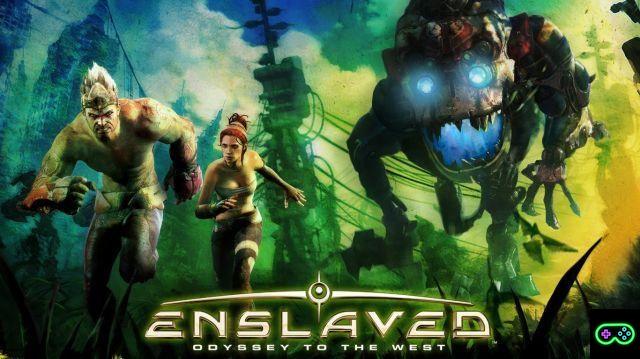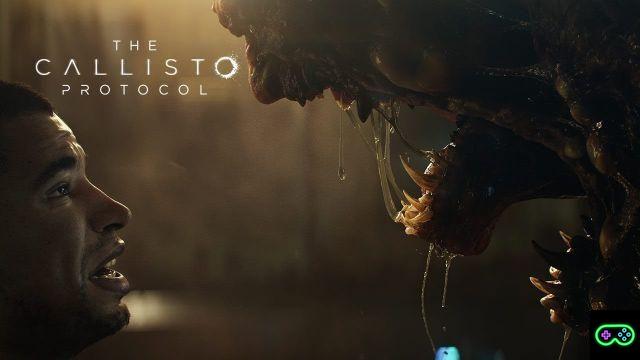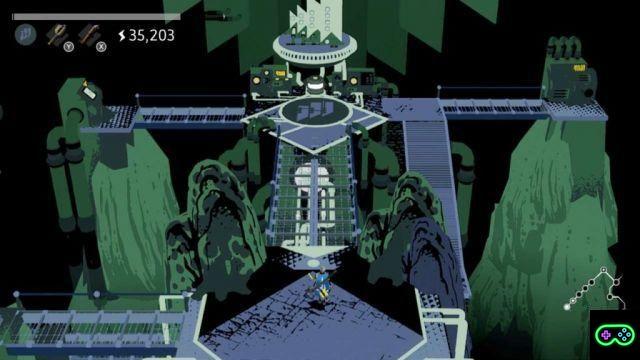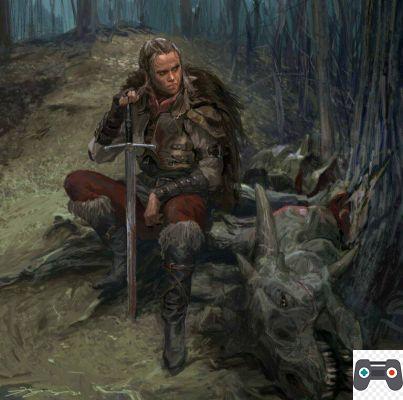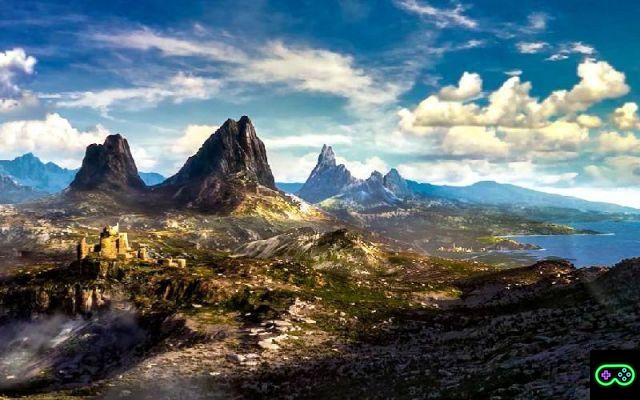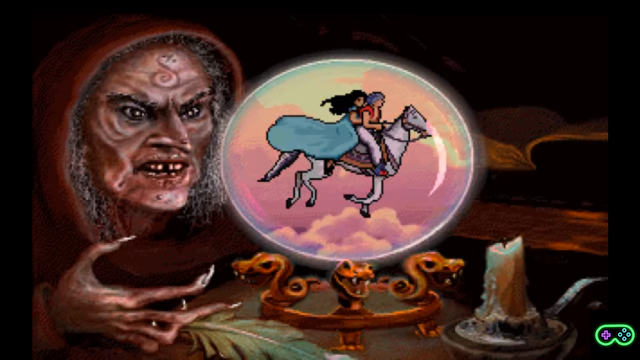Night City, 05.20.
I get up from my bed, I slip into my best suit with difficulty, put something in my stomach, leave the house.
I go down to the street, while the smells of the city and the heat of the exhaust gases attack me.
I arrive at the car, I open, I enter. A quick gesture, I turn on the map, take a look at the route and… and I stop to think about how much the map of an open world game, in 2021, is really too big and my time too little for such an exploration.
What is the solution then?
Fall back on linear games with a progression almost entirely bent on gameplay, that completely sacrifice my ancient spirit of exploration grown to the sound of old raids to The Witcher 3 or GTA San Andreas? Maybe not, maybe there is another way that can feed this escapist spirit and at the same time not give us the impression of getting lost in something boundless and boring: the macro-area game.
But how to make the most of this approach?
What is the gateway to such games in the future?
Let's try to reason together.
Before starting, a premise
Before starting in the fifth with the reflections, a couple of theoretical premises: what is an open world? What is a “macro-area game”?
Never as in this case, we are talking about game “formats”, that is, level design settings that drastically modify the game experience.
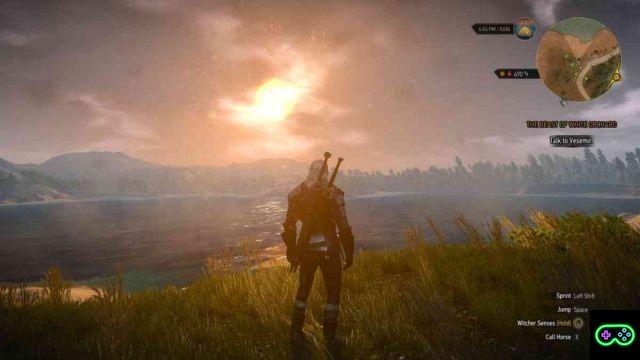
“open world” has now become an almost infamous term with no need for explanation: a game that takes place in one more area or not open in which we can move between different places that are physically joined together without loading. The open world video game asks the player to orient themselves through a map that shows its characteristics, with infinite missions to be faced that can be activated by going to certain points.
I won't even go into the details, such is the luck of this game format. Format, not even genre: in fact, the open-world is a paradigm that can be used both by an action and an RPG, and even by investigators (The Sinking City, an ambitious and unfortunate game with a Lovecraftian setting by Frogwares).
Moreover, among the games that have adopted it, we find intergenerational giants such as Red Dead Redemption II, The Witcher 3, Horizon: Zero Dawn, gli Assassin’s Creed (all Assassin's Creed triple-A, more or less), to get to the undisputed RE of the genre, Grand Theft Auto.
As for the "area" game, these are games that formally adhere firmly to a "linear" philosophy, with a fairly classic succession of events / levels, but whose play areas manage to reach considerable dimensions, allowing the player to have the perception of visiting an open and potentially rich world of "things".
In the open levels we find in theory numerous different exploration paths, alternative routes to the "main" ones and some element of "secondary" environmental narration, such as letters or objects, which tells more of the lore of the world we are exploring.
All without ever showing real "secondary" challenges such as subquests or "alternative" events that change history, and keeping the main storyline and the succession to the next area at the center of the gameplay experience.
He gives us some examples of the last generation Mom Sony, with Uncharted 4 (the level of exploration of Madagascar, and beyond), God of War and, lastly, The Last of Us-Part II.
Another game we will consider, Resident evil village, released a couple of weeks ago, which somehow tried to apply this formula to one of the most historic series of the survival horror video game.
The basic question
Regardless of our personal tastes and industry abuse of this format, there is no doubt that the open world has given the contemporary action video game a fundamental evolutionary piece, if only because with his statement the players have begun to see in their "virtual journeys" not only rapid and fleeting explorations of fascinating but "closed" worlds, but real opportunities for wandering in "other" worlds.
In fact, since the 80s, with series such as Wizardry, Might and Magic and Ultima, open worlds were one of the video game's best attempts to simulate the sensations of exploration, discovery and wandering of a large-scale Dungeons & Dragons campaign, then stripped of the role-playing side and sewn on to the classic action / adventure side with products such as GTA.
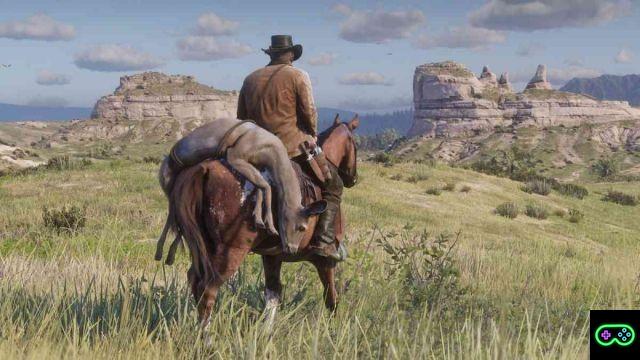
However, today it seems that this stylistic choice has had an almost paradoxical luck.
How many open-world video games are announced each year? Which ones came out? How much have the dynamics of the genre now become so well-established that they are already seen and boring? Even playing Cyberpunk 2077, at times, the impression is that of finding yourself grappling with a game that follows in a slavish way some more than twenty-year canons: the den, the points of interest, the blocked areas, the quests.
Has the open world got tired? It's a subjective idea, for heaven's sake, I'm sure that the players who love to get lost in Skyrim or in the England of Valhalla are still thousands, even for sincere passion.
However, there is no doubt that there are various voices - even at the press level - that have seen in alternative level design strategies such as "area levels" a valid response to this monotony.
There are many points to be recriminated against the classic o: from the already mentioned lack of innovation to the dispersiveness of contents to filler missions inserted only to "lengthen the broth"; all these are elements that are closely connected with the obligation to develop a video game with lots of content without risk, on pain of bankruptcy and bankruptcy.
All points to which more and more players oppose the need for less extensive, more contained, less dispersive games but no less capable of giving "deep" levels and able to make us lose ourselves in a wonderful world that does not look like a corridor. As I said earlier, a wonderful example can be that of the fifth area that we find in The Last of Us-Parte II, or downtown Seattle, fully explorable with an Ellie busy investigating the men she is looking for and the hostile post-apocalyptic territory she is about to enter. There really is a lot of the potential of brick design at this level: various (not too many) locations to explore, some enemy NPCs scattered around the map, environmental clues that allow us to understand what happened in the city in the days of the epidemic, little stories that help us enter a world.
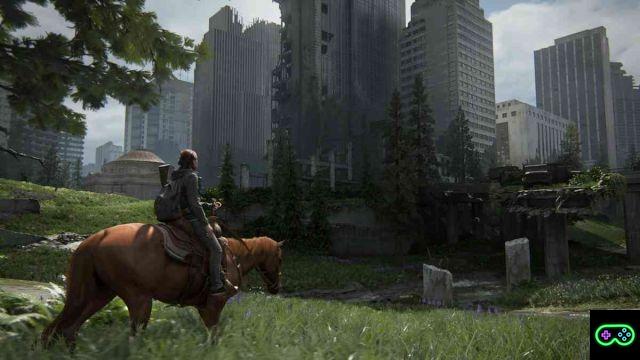
While we know throughout the game that we're not in Seattle to subquest a la Fallout, the impression we have is that of being able to move in a territory that will offer us surprises, will allow us to follow the story even just by exploring and collecting fragments of clues, for a few hours, before deciding to go to the famous "Point B" and unlock the next cutscene.
What's the problem with an approach that seems so successful? Simple: that it only lasts for one level, maximum two, and then the game returns to areas of smaller size and structure (even if it is difficult to do two consecutive runs of TLOU2 or Uncharted 4 without adopting two different paths / approaches, thanks to a really deep gameplay).
An understandable thing, if we think about the production values of such a company, but which never seems to be a defect to be overcome as never before.
The problem: what is the right setting?
Admitted (and not granted) that in theory the adoption of open levels can build an immersive experience even more effective than the classic open-world / immersive sim, this formula is far from perfect.
As we said before, the fundamental problem is that making a 30 hour game by building a series of open and different sequences, but it is not the only one. To tell another one we will get help from Resident Evil Village, which leads us to investigate the now famous village at the foot of Castel Dimitrescu.
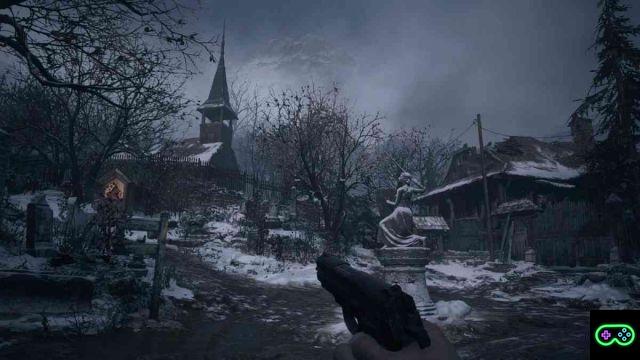
Ever since the core of Village's gameplay came to the surface, the writer thought the time was ripe for a very interesting stylistic solution: when I realized that Ethan should have been wandering around a game world of crumbling structures, narrow streets and, in order of size, sites to explore such as the aforementioned castle or the Heisenberg factory, the high expectation was that of a game based on beating the map in search of clues, secrets, background and, above all, playable and replayable for at least two or three times (as in the case of the old Resident Evil).
And be clear, walking around the village streets, on the first run, is rewarding and really gives you the idea of having to beat the map like a good hound for having to find every clue useful to build the puzzle of truth and solve the various puzzles.
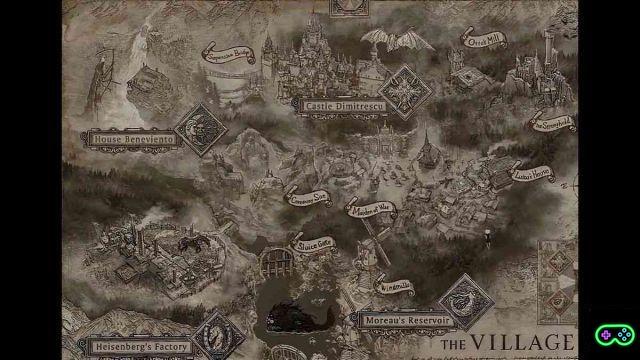
Two weeks after those gameplay sessions I have some really good feels about them, but there is an underlying problem: as soon as I finished the game, as much fun as I found the gameplay, I have not found any incentive to replay, and I have not even had doubts about possible things, events or curiosities left on the street. And this, combined with the fact that the fear factor is zero and that the difficulty level of the shooting is low, already reduces the replayability of a title that could have been a little more interesting.
On the contrary, the famous Seattle open level in TLOU 2, unique, almost cosmetic in the economy of a game that makes "adult linearity" its fundamental component, it is perhaps one of the three play areas that I remember most fondly in the whole game.
And I would almost play it back just to do that part again.
Why?
I do not know, perhaps due to the impact on my imagination as a player, the exploration of that open area full of small sections and small "things to do" has remained much more etched in my memory and in my playful spirit.
Paradoxical? Absolutely yes.
The action of the future: a possible format
The question I ask myself, then, is only one: how would i like the action game of the future? And above all: will such a game, at the moment and in the future, be possible?
It will be understood: in my desires there is an action game of medium length, but which has huge game areas to explore and which give a lot of information that enriches my experience, both from a narrative and gameplay point of view.
Paradoxically, I found the closest thing to this concept in Jedi: Fallen Order, which, as we know, is not so much a classic action / adventure as a souls-lite.
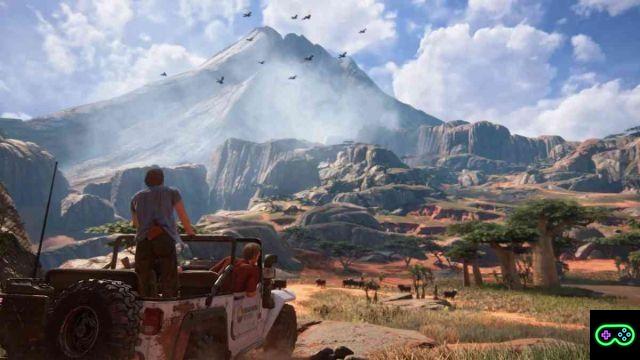
In Fallen Order, however, you have a linear experience that is very close to the immersion typical of a high-budget action video game. Fallen Order is able to give you the impression that it can spend hours discovering every secret, detail or even secondary objectives.
What was necessarily missing from Fallen Order? Simple, NPCs to talk to, a few small settlements to interact with, "quests within quests" that manage to entertain you.
Here, the game of the future paradoxically should be like this, in my dreams: a sort of open world in miniature, in which game design does not lead me by the hand, putting me in a hurry, and that encourages me to spend hours looking around before continuing the story.
Is this possible?
I don't know, in technical terms.
Building such a game is ambitious, it would mean delineate large, composite levels with complex elements of interest such as small settlements, or secondary paths.
Not to mention the possibility of getting around by car or horse, freely (Uncharted 4's Madagascar and TLOU2's Seattle are back).
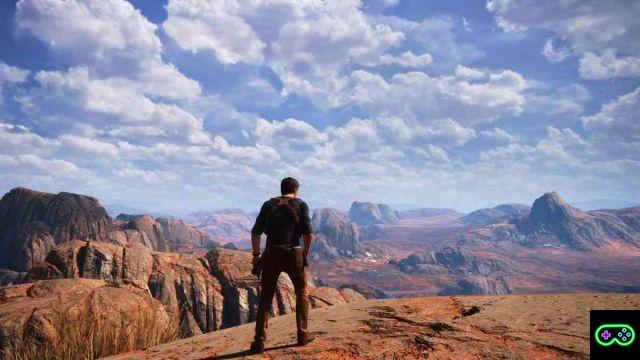
Do you have the resources to do so?
Do you have the ability to do it?
Mostly in a historical moment in which Jim Ryan, still with the aftereffects of the success of The Last of Us Part II, declared "We need to review the size of the next Triple-A titles"?
I do not know.
I don't know, really, but there is something, as a player, that tells me that, if we want to see a step forward in the video game model we have loved in recent years, this is the way.
Well, these are the humble delusions of a fan of action games tripa A that evidently has struggled a bit too much in the last few days between Cyberpunk, RE: Village and completely subjective game design speeches.
It was a matter of making you participate in my "wish box", but above all trying to throw some reflection on how one of the most interesting genres and able to give emotions in recent years can evolve and, even more, how I would like it to evolve.
What do you think?
Do you believe that the future could be this, or do you believe that open world and "traditional linear" play still dominate?
The word is up to you.




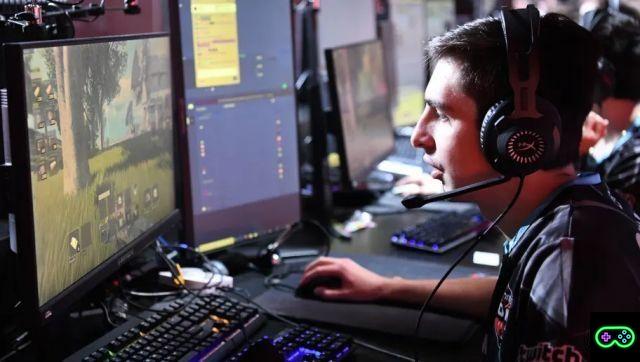
![[The Bear's Lair] God of War: Betrayal and Greek mythology](/images/posts/17432d3b12ecfec44b0b855d20c7520f-0.jpg)
